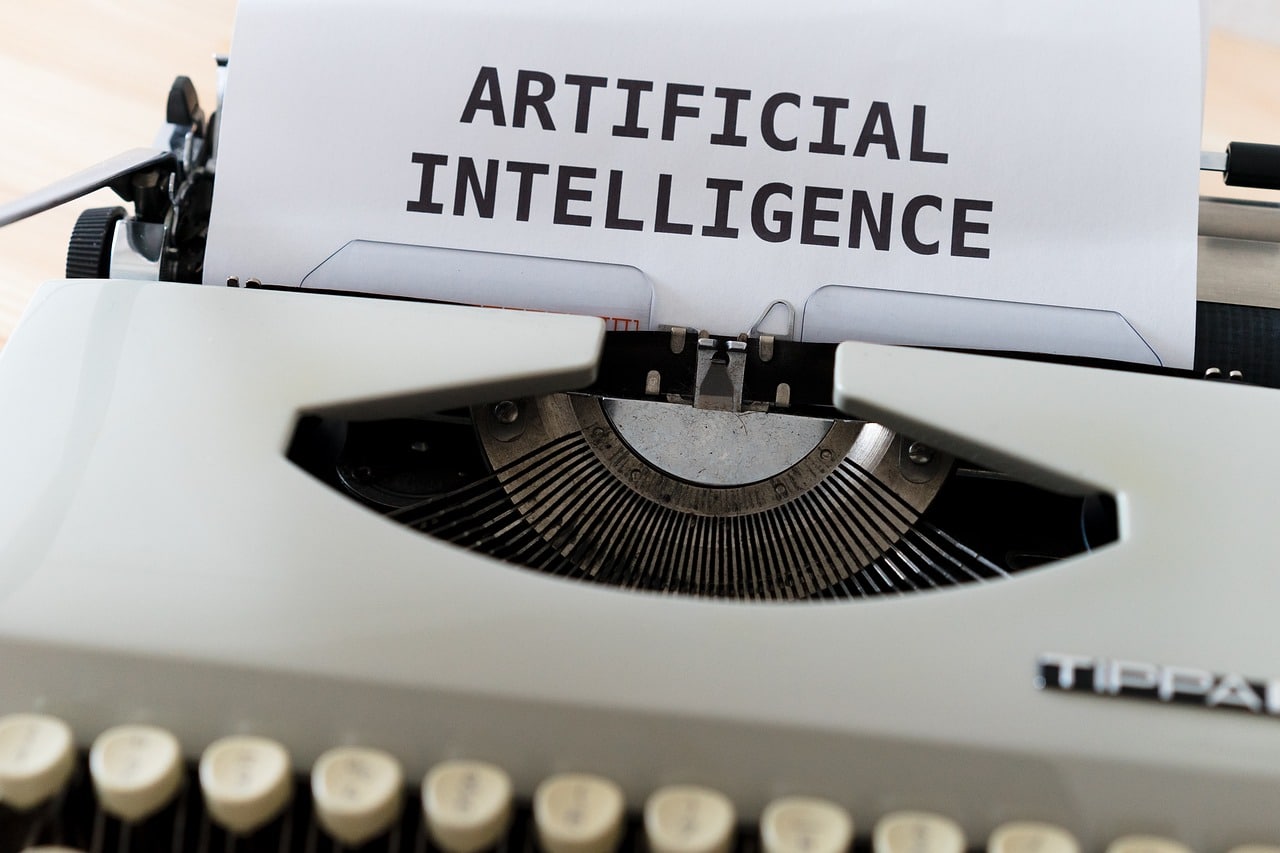
Artificial Intelligence: Where Are We At?**
When it comes to artificial intelligence, especially when thinking about its future evolution, imagination can lead us astray: between speculation, science fiction movies, and general alarmism, there’s a risk of drifting far from the actual achievements made by humanity in this field up to now.
Where are we at in the development of artificial intelligence?
Technological Singularity
When we think of AI as portrayed in Asimov’s books or movies like Blade Runner, we’re actually thinking of what’s termed technological singularity. However, there are several steps to reach (or perhaps it would be better to say to imagine) that outcome.
Before reaching sentient beings capable of replicating, and even improving upon, human abilities, it’s necessary to pass through some important checkpoints.
Artificial General Intelligence
The first of these steps is AGI, artificial general intelligence, meaning an artificial intelligence as proficient as humans in performing human activities. A technological model capable of replicating the human model.
Artificial Super Intelligence
The evolution of AGI is ASI, artificial super intelligence, what many call technological singularity, the moment of technological innovation where the machine can surpass humans in various functions.
Where Are We At?
At this precise moment in history, humans are attempting to develop AGI, but this goal is still distant. We are, in fact, in a previous step where the attempt is to train large language models to reason. Currently, we have developed significant technology capable of conversing with humans, recognizing sounds, understanding logic, and responding, initiating real conversations.
The objective to progress to the next step of innovation is therefore precisely to be able to correctly reason with a language recognition model, in a way to transition from technologies like chatbots to more advanced ones.
We can therefore say that we understand one possible direction that will lead us to develop AGI first, an artificial intelligence capable of replicating human functions, but what comes after is not currently predictable. The idea of an AI capable of surpassing humans (ASI) remains at the moment pure science fiction speculation and should not therefore cause too much alarm, despite being easy to let the imagination run wild.
Experiments have been conducted to have a first functioning AGI, but without definitive results. Baby AGI is indeed one of the first models in which an attempt has been made to reason with a language recognition system, but when the model has to reason, in the true sense of the term, there is a risk of infinite loops from which the model itself cannot escape.
In conclusion, it is certainly too early to worry about AI, but it is certainly interesting to monitor how this technology evolves.








